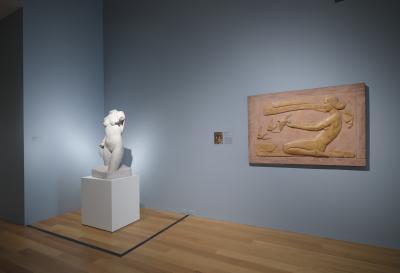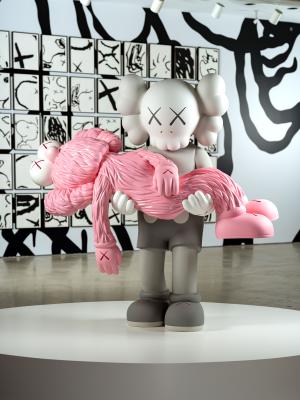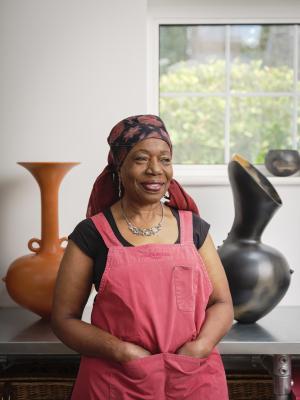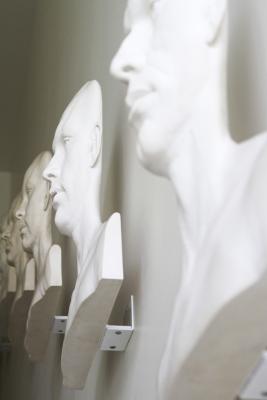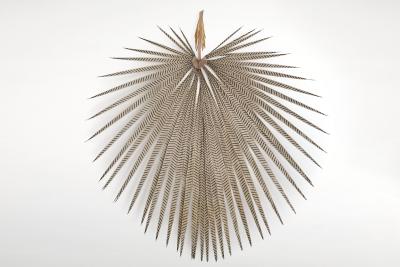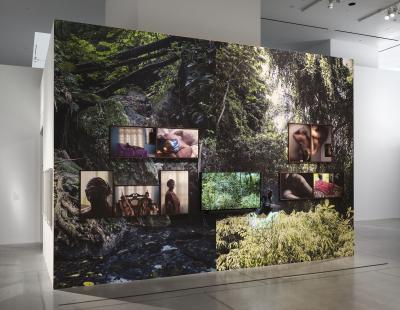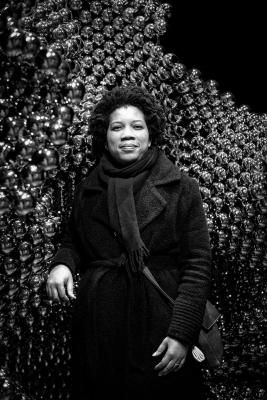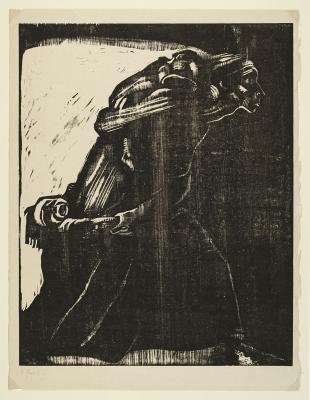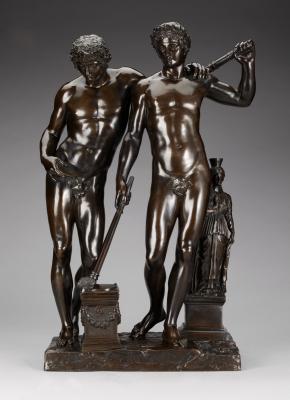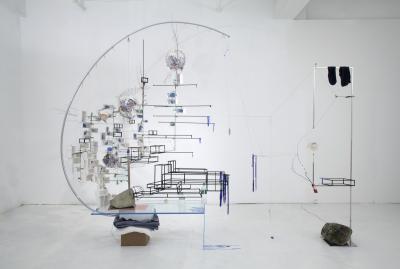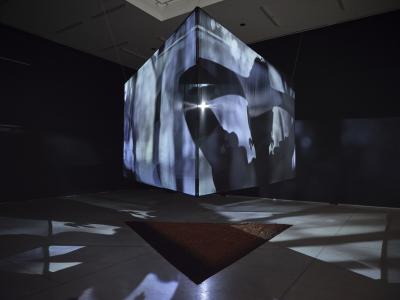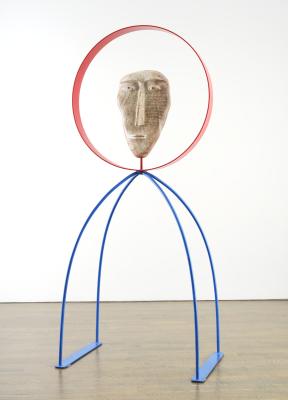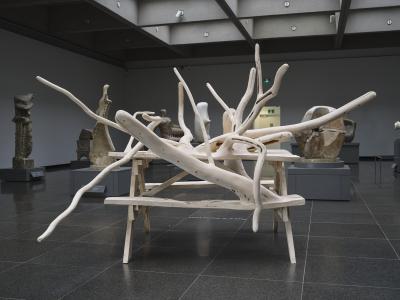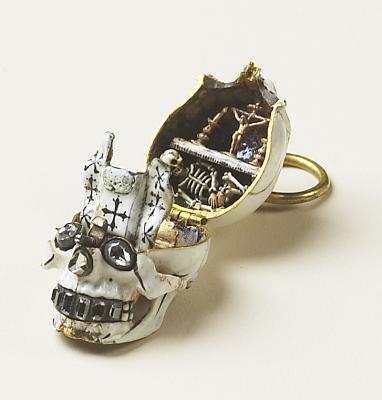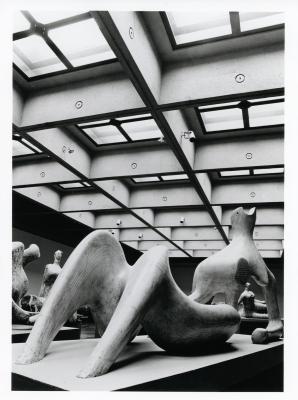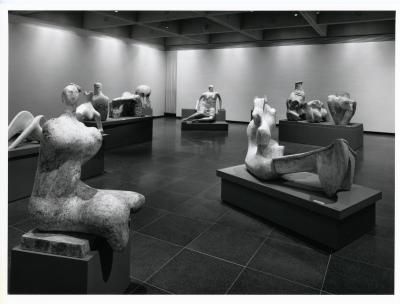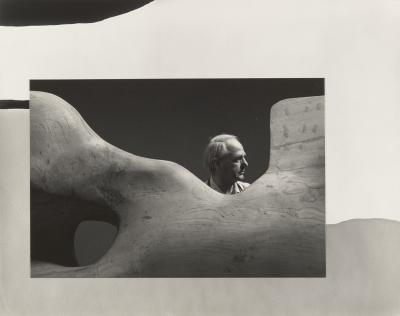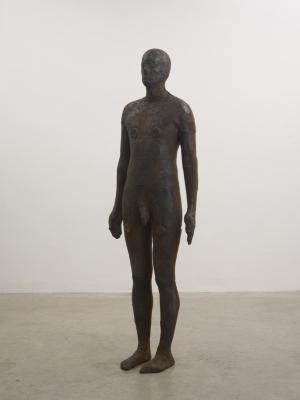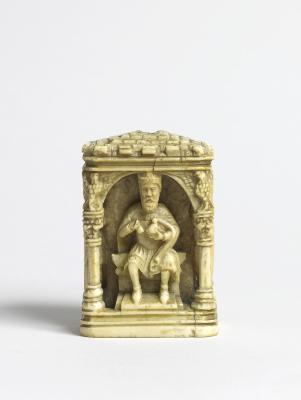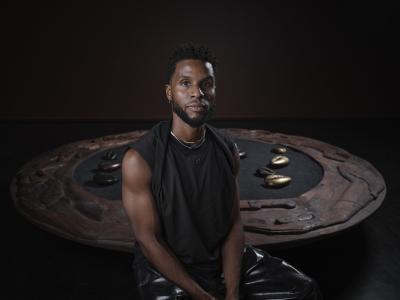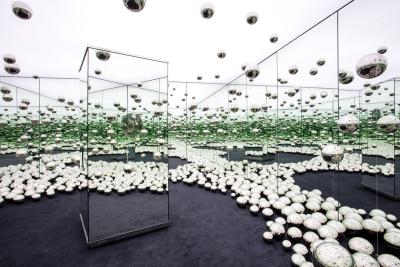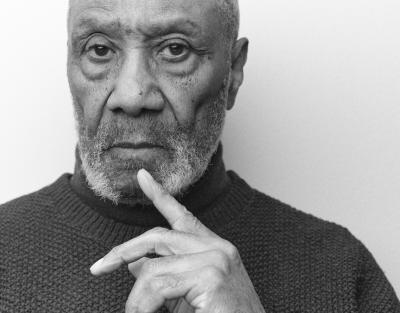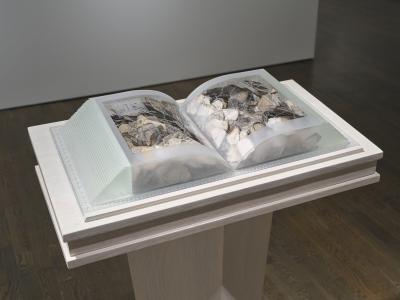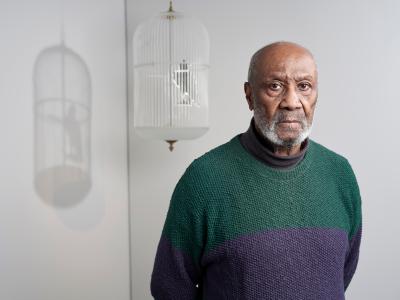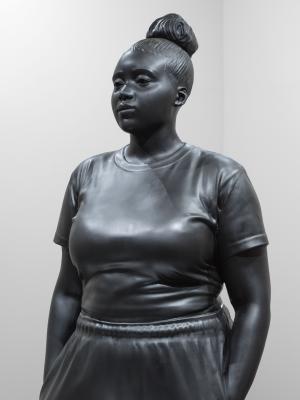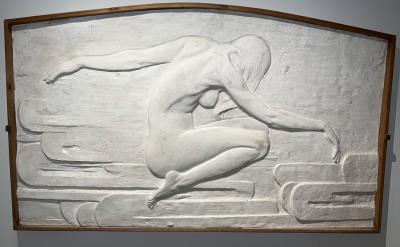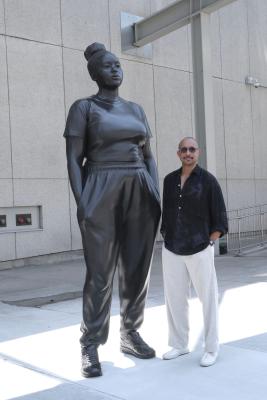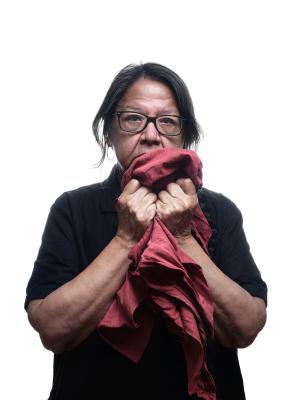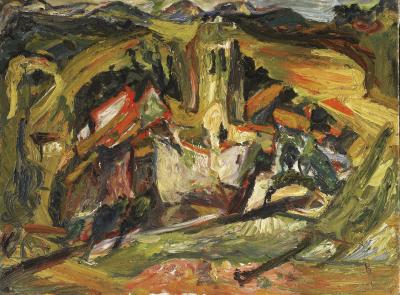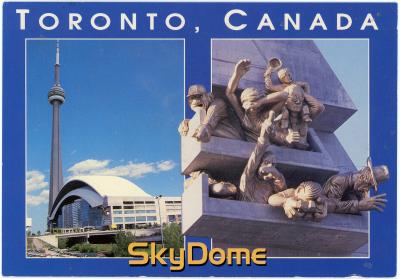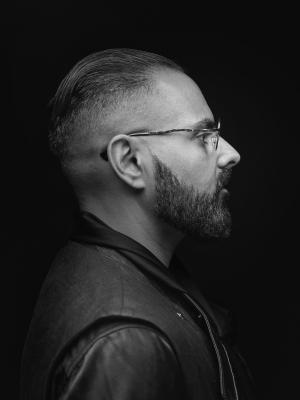Bronzing a Monster
Matt Ryle of Walla Walla Foundry speaks about casting Brian Jungen’s massive artwork in bronze.
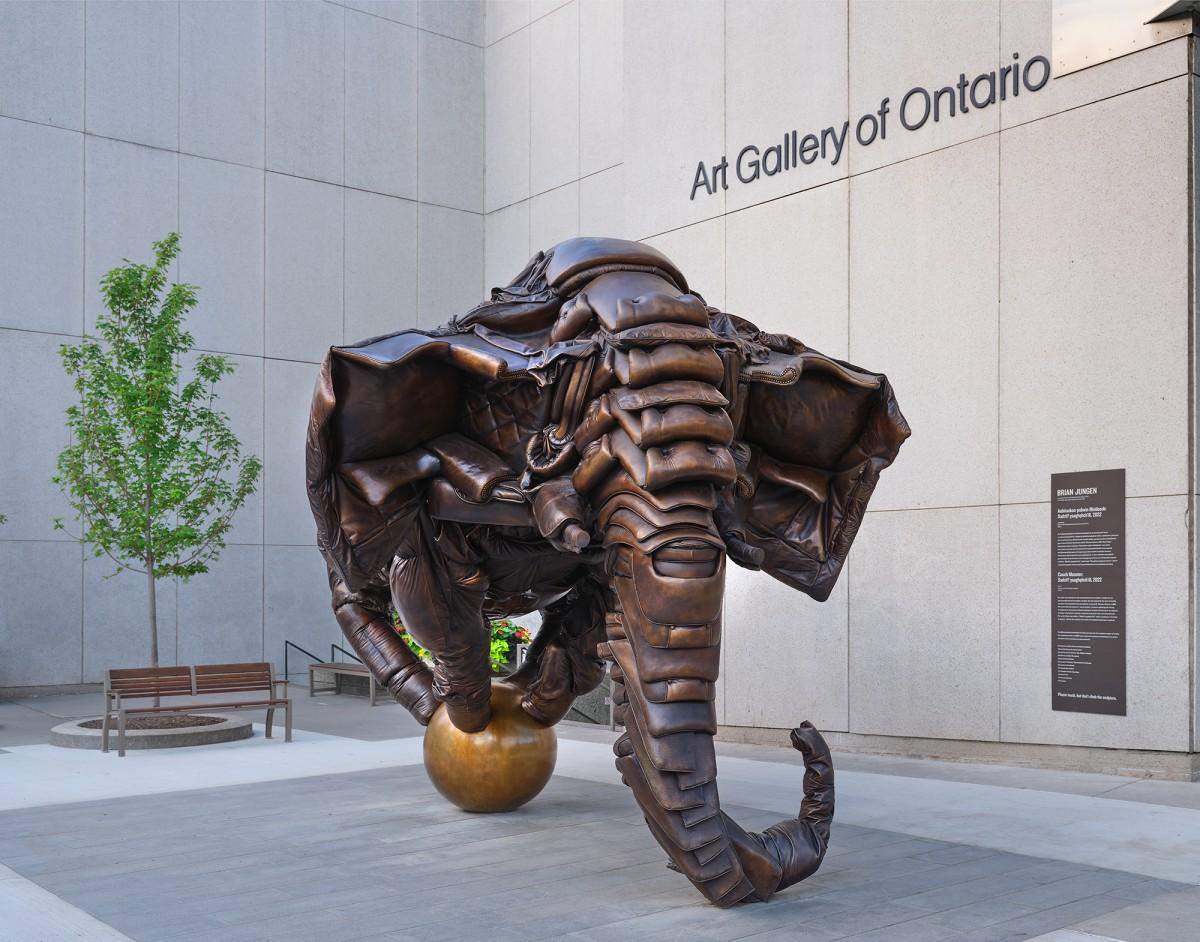
Brian Jungen, Couch Monster: Sadzěʔ yaaghęhch’ill, 2022. Bronze, stainless steel. 378.5 × 332.7 × 557.5 cm, 4032.5 kg. Collection of the Art Gallery of Ontario. Commission, with funds from the Government of Canada through the Federal Economic Development Agency for Southern Ontario (FedDev Ontario), Canada Council for the Arts’ New Chapter program, The Renette and David Berman Family Foundation, Charles Brindamour & Josée Letarte, Bob Dorrance & Gail Drummond, Angela & David Feldman, Hal Jackman Foundation, Phil Lind & Ellen Roland, T. R. Meighen Family Foundation, Partners in Art, Paul & Jan Sabourin, an anonymous donor, and with funds by exchange from Morey and Jennifer Chaplick, 2022. © Brian Jungen
Since its installation, renowned contemporary artist Brian Jungen’s massive public artwork –Couch Monster: Sadzěʔ yaaghęhch’ill – has dramatically changed the corner of Dundas Street West and McCaul Street. Every day, the impressive four-metre-tall bronze elephant sculpture becomes an object of interest and reflection for hundreds of passersby.
Jungen’s towering creation began as a full-size prototype made from salvaged couches and chairs. It was completed at his studio in British Columbia in March 2020 and then shipped to Walla Walla Foundry, a contemporary sculpture fabrication facility in Washington State, to be bronze cast, one week before the first Canada/U.S. COVID border closure. Over the following months, Jungen communicated virtually with staff at the Foundry to oversee the intricate casting process needed to create Couch Monster.
Foyer connected with Matt Ryle, a project manager at Walla Walla Foundry, to learn more about the detailed work required to bronze cast a massive elephant made of sofas.
Foyer: Can you describe the range of services the Foundry offers contemporary artists?
Ryle: We work with artists to bring their vision to life from creative conception through installation. We make works of art using both traditional methods (lost wax casting) and cutting-edge technology (3-D scanning/3-D printing).
Can you describe your collaborative process with Brian Jungen when working on Couch Monster? What was it like working on the project via remote communication with the artist during the pandemic?
Brian and his studio team built the original using salvaged couches and chairs. The full-scale model was shipped to Walla Walla Foundry the week before the Canadian/American border was closed due to COVID. Brian had planned on visiting to finalize the model, but the border closure made this impossible. We communicated over the next months using photos and Brian's sketches to manipulate the form, add the ball and finalize the trunk. It was a fun dialogue getting to the final form. The pandemic delay allowed for several possibilities to be explored.
Can you walk us through the steps of bronze casting such a massive object?
To create the Couch Monster, first, a silicone rubber mould was made of the entire work. This negative mould was used to capture the detail of the original leather surfaces. Wax is then poured into the moulds, cooled until solid and then pulled from the mould, producing a positive. These wax positives are then dipped in a ceramic material, which hardens around the wax. Once this ceramic shell hardens, the wax is melted out, leaving behind a negative, ceramic mould into which molten bronze can be poured. The resulting 175 cast bronze parts are then welded together around an engineered stainless steel armature. The welds are then tooled back to match the original continuous surface texture. Lastly, a patina is applied to the bronze, and it is all sealed with wax.
During your years at the Foundry, is there a project you worked on or a moment you experienced that sticks in your memory the most?
The Couch Monster is certainly one of the most memorable projects I have worked on at Walla Walla Foundry. Moulding something so soft without sacrificing the form posed some obstacles that had to be overcome. Achieving a realistic leather surface in bronze was also an exciting challenge.
Throughout the process, Brian's interest, curiosity and appreciation of all aspects of the project were noted and felt.
Couch Monster: Sadzěʔ yaaghęhch’ill is on view on the southwest corner of Dundas Street West and McCaul Street.
The AGO gratefully acknowledges the following funders for their exemplary support in bringing this commission to life:
Le MBAO tient à remercier les donateurs et subventionneurs suivants pour leur soutien exemplaire dans la réalisation de cette commande :





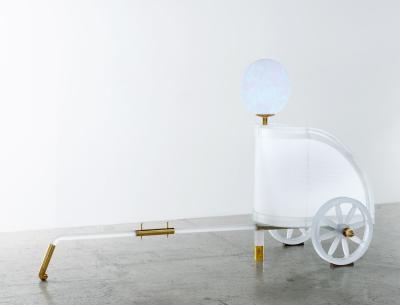
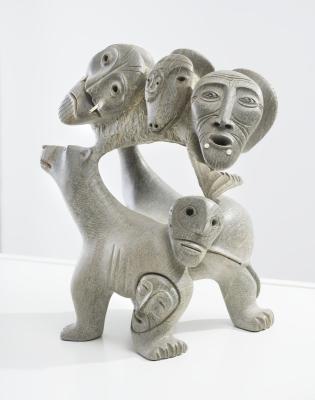


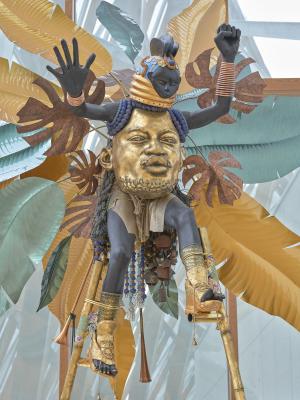


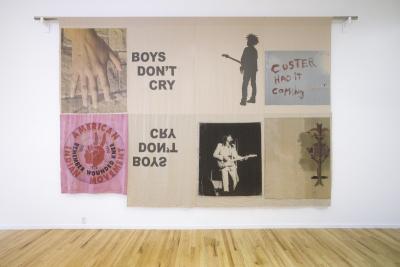
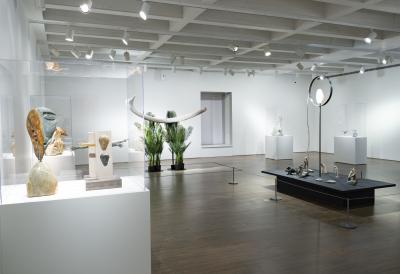
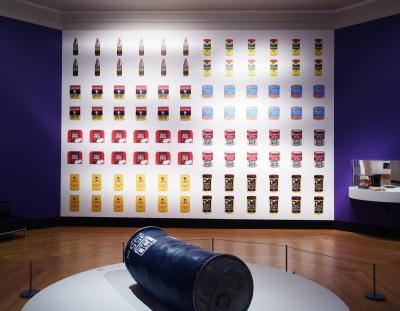

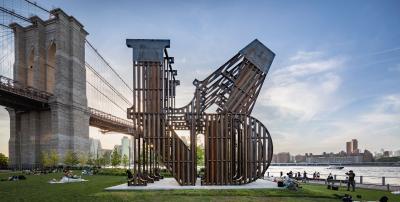
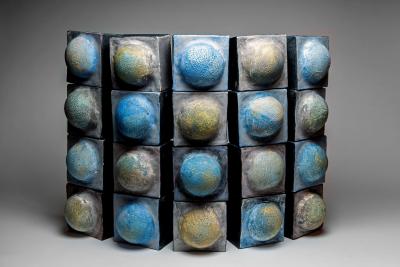
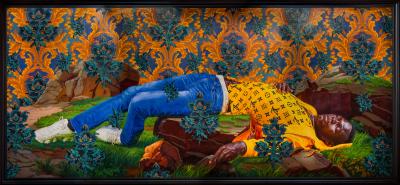
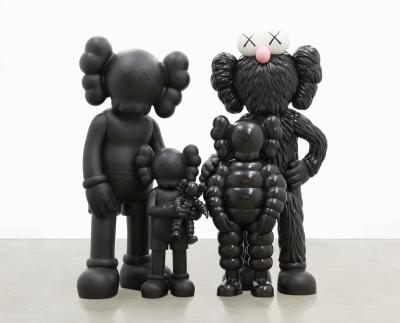
![Keith Haring in a Top Hat [Self-Portrait], (1989)](/sites/default/files/styles/image_small/public/2023-11/KHA-1626_representation_19435_original-Web%20and%20Standard%20PowerPoint.jpg?itok=MJgd2FZP)

